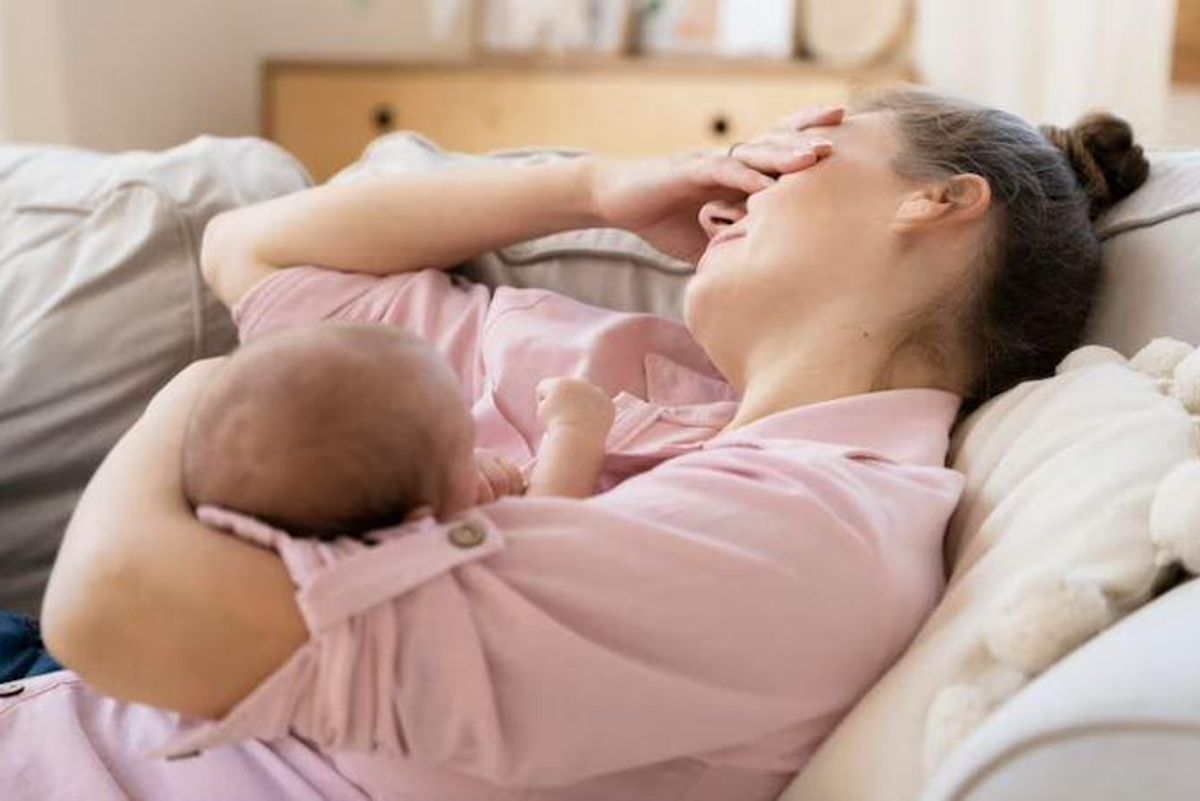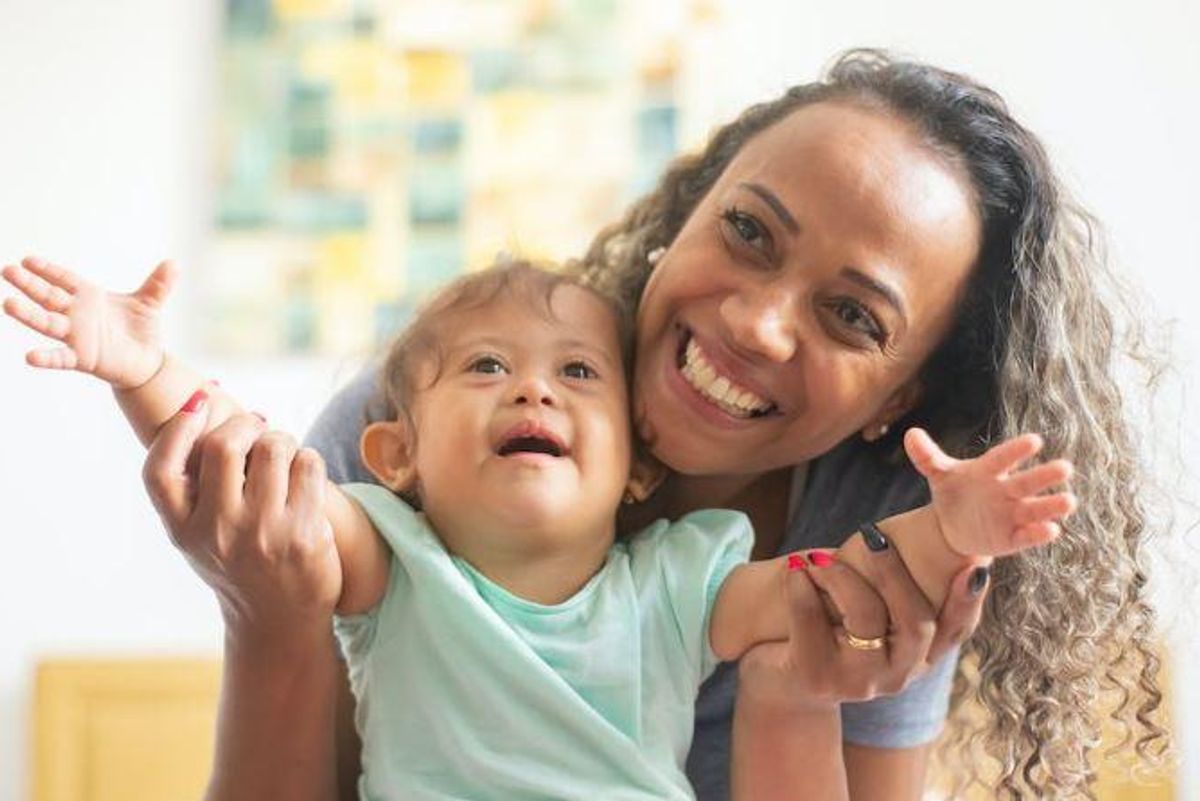The first pill to treat postpartum depression may be ready this year and it could be a game changer
It's in final approvals with the FDA.

A new mother struggling with postpartum depression.
We may be just months away from having the first-ever pill to help treat postpartum depression (PPD). The drug, called Zuranolone, was developed by Sage Therapeutics and Biogen, two companies out of Cambridge, Massachusetts. The FDA has given the drug’s application priority review and the period ends on August 5, 2023.
Currently, there is only one FDA-approved medication for PPD, Zulresso, which is only available through a 60-hour, one-time infusion and can cost up to $35,000 per treatment.
If the medication is approved, it can also be used to treat major depressive disorder (MDD).
What’s unique about the drug is that it is fast-acting. "We feel a tremendous responsibility to patients with MDD and PPD to deliver a potential new treatment option, which is so desperately needed. Most current approved therapies may take weeks or months to work. We are committed to advancing treatments that could help physicians and patients by addressing depression symptoms quickly," Dr. Laura Gault, chief medical officer at Sage Therapeutics Inc., said in a statement.
Zuranolone causes full remission of clinical depression within 45 days in 53% of women versus 30% who received the placebo, according to the study published in the Journal of the American Medical Association Psychiatry.
\u201cFDA works with @SageBiotech to develop treatment plan for postpartum #depression & major depressive disorder. The company has identified 3 potential pathways that could support a filing for zuranolone. Read more at https://t.co/FmxDGWMNi1 @miranabulsi123\n#postpartum #drug\u201d— Xtalks Webinars (@Xtalks Webinars) 1585074624
The new drug could be a godsend to the 500,000 women who suffer from PPD every year. In these women, what starts as a typical case of the “baby blues” can linger and become more intense and lead to an overwhelming loss of energy, irritability, inability to concentrate or make decisions and thoughts of harming themselves or their babies. It also severely inhibits their ability to care for their newborn child.
Symptoms of PPD can begin as early as during pregnancy and as late as a year after giving birth. In rare cases, it can develop into postpartum psychosis, an extreme mood disorder.
PPD is caused by the intense hormonal changes that happen within a woman’s body before and after giving birth. It can also result from numerous anxieties women feel after giving birth, such as the stress of being a “perfect mother,” the effect that pregnancy has on their bodies, being overtired and a lack of free time.

A happy, healthy mother and child.
via Pexels.
Zuranolone could also provide faster relief for people dealing with MDD. In 2020, over 14 million Americans were diagnosed with MDD, which creates a persistent feeling of sadness and a loss of interest in things they used to enjoy. It can also affect their ability to have happy, healthy relationships.
In rare situations, MDD can lead to suicidal ideation. Studies show that MDD accounts for up to 89% of all suicides.
If Zuranolone is approved, it will give doctors another vital tool in improving people’s mental health that can relieve debilitating depression in less time. It will also help countless babies that need extra care in their early days from a loving and healthy mother.
If you or someone you know is having thoughts of suicide, call the Suicide and Crisis Lifeline at 988 for free, confidential support.

